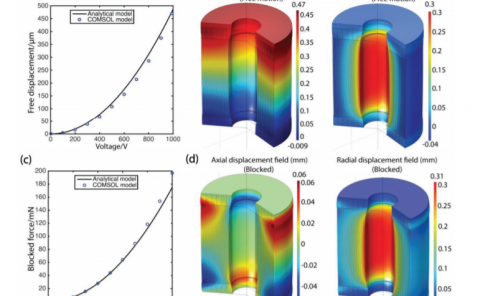The Body Scaling Effect and Its Impact on Physics Plausibility
PubDate: Jun 2022
Teams: University of Oulu
Writers: Matti Pouke, Evan G. Center, Alexis P. Chambers, Sakaria Pouke, Timo Ojala, Steven M. LaValle
PDF: The Body Scaling Effect and Its Impact on Physics Plausibility

Abstract
In this study we investigated the effect of body ownership illusion-based body scaling on physics plausibility in Virtual Reality (VR). Our interest was in examining whether body ownership illusion-based body scaling could affect the plausibility of rigid body dynamics similarly to altering VR users’ scale by manipulating their virtual interpupillary distance and viewpoint height. The procedure involved the conceptual replication of two previous studies. We investigated physics plausibility with 40 participants under two conditions. In our synchronous condition, we used visuo-tactile stimuli to elicit a body ownership illusion of inhabiting an invisible doll-sized body on participants reclining on an exam table. Our asynchronous condition was otherwise similar, but the visuo-tactile stimuli were provided asynchronously to prevent the onset of the body ownership illusion. We were interested in whether the correct approximation of physics (true physics) or physics that are incorrect and appearing as if the environment is five times larger instead (movie physics) appear more realistic to participants as a function of body scale. We found that movie physics did appear more realistic to participants under the body ownership illusion condition. However, our hypothesis that true physics would appear more realistic in the asynchronous condition was unsupported. Our exploratory analyses revealed that movie physics were perceived as plausible under both conditions. Moreover, we were not able to replicate previous findings from literature concerning object size estimations while inhabiting a small invisible body. However, we found a significant opposite effect regarding size estimations; the object sizes were on average underestimated during the synchronous visuo-tactile condition when compared to the asynchronous condition.

